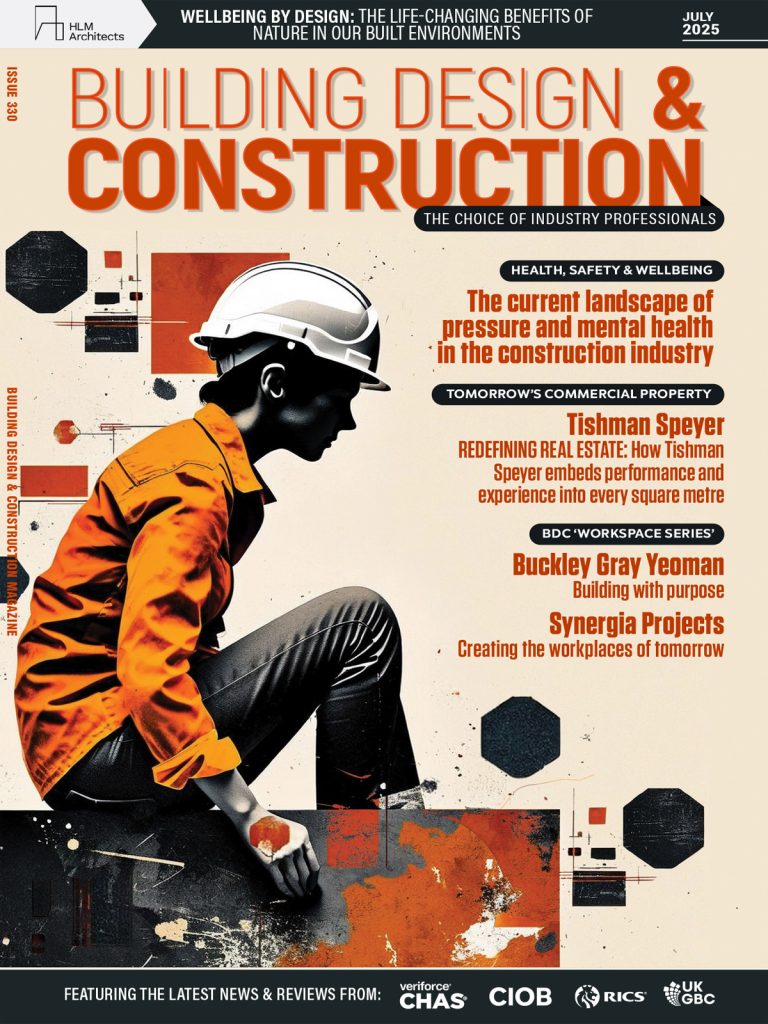The UK construction industry employs approximately 3 million people in the UK, making up 10% of UK employment. Significant skills shortages are restricting construction economic growth in the industry that employs 8% of EU workers, however in London this amounts to a staggering 28%. According to research by TowerEight, 35% of construction workers stated Brexit has created a shortage of EU migrant labour in the UK construction industry that has already increased project costs. Non-UK workers in the UK construction industry are mainly employed as general labourers (22%) and architects (15%). However, a high percentage of professional roles such as quantity surveyors (11%), project managers (11%), engineers (7%), have been placed within the last year by agencies as EU workers. Labour shortages appear to have increased rapidly since 2013 and a majority of surveyors have stated this is a significant hinderance on output. Skills’ shortages created more pressure on the delivery of projects with the triple constraints of time, cost and quality. A survey by Inside Housing revealed that the biggest skills shortages were for construction project managers (32%) and quantity surveyors (31%), followed by electricians (29%), plumbers (24%), carpenters/joiners (24%) and bricklayers (20%). However, only a fifth of those surveyed saw Brexit as the biggest problem, suggesting that skills shortages have been in existence for numerous years. This finding is supported by The MacFarlane who reports that 68% of construction SME’s are struggling to hire bricklayers and 63% are struggling to hire carpenters and joiners which have increased more than 10% in Q4 2017. The skills’ problem is an issue the sector has been facing for some time. RICS warns that “30% of construction professionals surveyed believe that hiring non-UK workers was critical to the success of their businesses”. The Construction Industry Training Board (CITB), estimates that to meet current demand more than 36,000 new workers a year will be required. Both skilled and non-skilled in labour will decline rapidly in the coming years in the UK construction industry. Data by Build UK found that 43% of contractors reporting rising labour costs in the first quarter of 2016, with a lack of suitably qualified staff a key factor. This impending threat of reduced labour movement, coupled with already existent shortage of labour would appear to pose a major risk to the future performance of the UK construction industry. The ONS data suggests that on the date the UK voted to leave the EU, migration fell from 336,000 to 246,000. A survey by Helm supports this as they had found 55% of skilled workers were either planning to leave or considering leaving the UK. However, could departing from the EU be beneficial? It could create a wider range of job opportunities within the UK that would become available and allow a growth of UK suppliers. Knight Frank reports that Brexit has done little to deter investors from London as purchases of assets increased from the previous year. The value of the pound is likely to go down which could create an upsurge of overseas investment in UK real estate. Brexit will reduce EU competition when tendering for work. But there is also the likelihood that wage rises are likely to occur and restrictions on free movement could pose a problem for the UK construction industry which already faces a labour skills crisis. Under a soft Brexit the UK GDP would decline by 3.5% and a hard Brexit, the construction industry’s contribution would fall by 8.2%. Brexit will affect urban areas more than rural communities and if access to skilled EU workers is cut, projects such as HS2 and Crossrail will be undeliverable. In conclusion, James Morris, Director at Tower Eight explains why there is a real importance of immigration to the labour market, “It is critical that we have flexible access to labour from overseas as without this we would fail to deliver against the commitments for construction, such as housebuilding and infrastructure. The pound’s value has descended as a result of the UK voting to leave the EU. Costs are expected to climb for contractors and UK developers due to their heavy reliance on importing and exporting with a less favorable exchange rate. Once the UK has left the EU, the UK Government could potentially only allow UK-based firms to tender for government work, consequently meaning that the UK’s construction Industry would no longer have to compete with foreign firms. But until the exit plans are revealed we are left hoping that the Government recognises the dual challenges of an ageing workforce and a lack of skilled labour; both of Britain needs to meet housing targets and deliver the infrastructure required for growth.”







